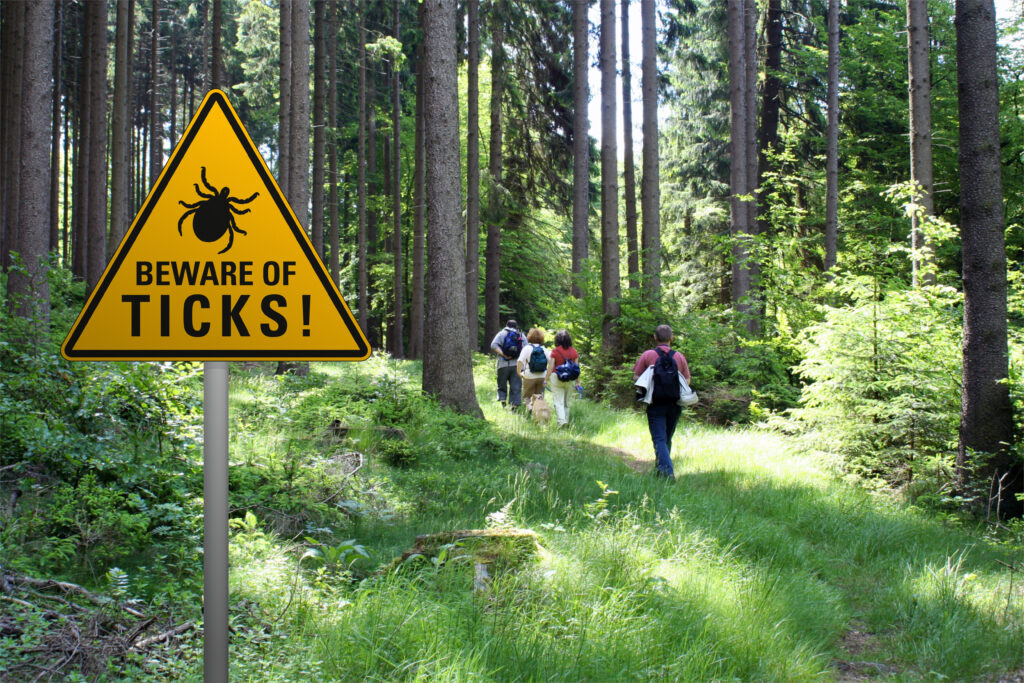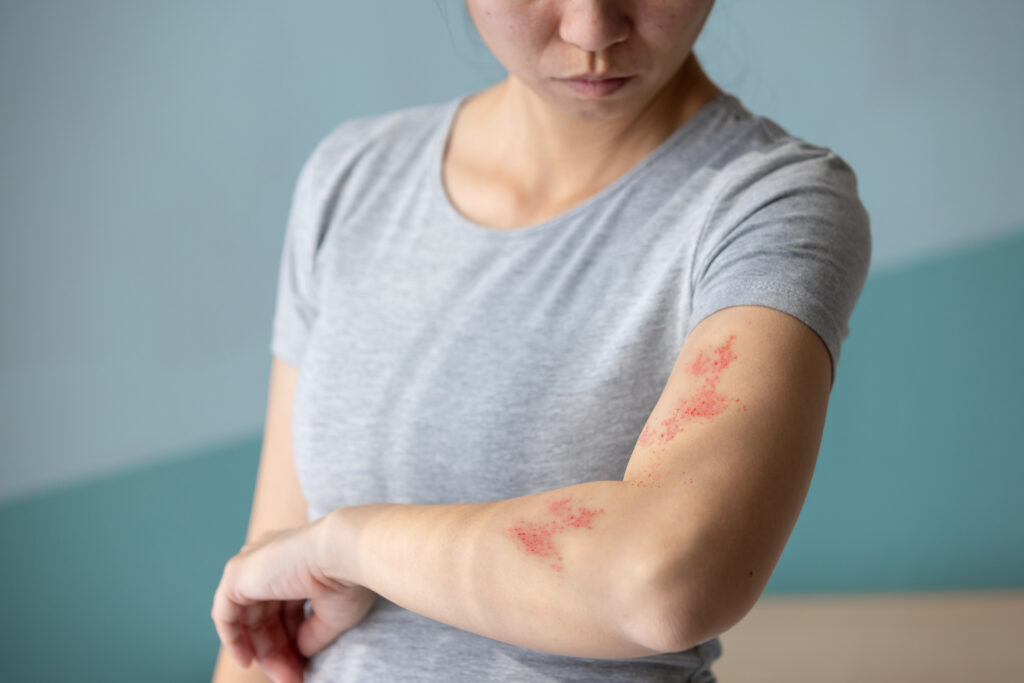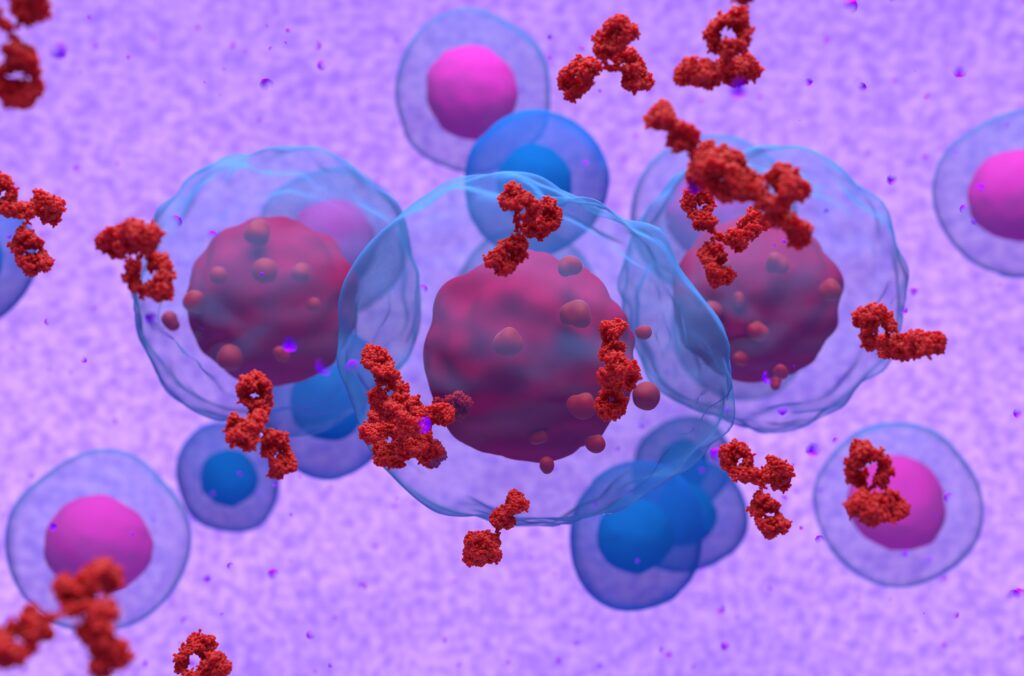
If you are outside often, especially in areas with lots of ticks, it’s helpful to be aware of tick-borne illnesses. Illnesses from ticks can cause many symptoms that can be severe when left untreated. One common tick-borne illness is Lyme disease, caused by bacteria that can spread to your joints, heart, and nervous system.
If you go outdoors in tick-prone areas, following the proper preventative steps for avoiding tick-borne illness and knowing what symptoms to look for can help you prevent or treat Lyme disease early. Lyme disease is rarely fatal, and there are treatment options available. If you think you’ve contracted Lyme disease, you should speak with a medical professional immediately.
What Are the Symptoms of Lyme Disease?
Lyme disease is a tick-borne illness in which black-legged ticks transmit bacteria to humans. Lyme disease has various symptoms associated with the illness. Sometimes, Lyme disease symptoms can go unnoticed or may be hard to spot.
The Centers for Disease Control and Prevention (CDC) splits the symptoms into early signs and symptoms and later signs and symptoms.
In the early stage, you may notice symptoms such as:
- Fever
- Fatigue
- Chills
- Joint and Muscle Aches
- Headache
- Swollen Lymph Nodes
- The presence of a red swollen skin rash known as Erythema Mrans (EM) Rash
The EM rash can occur three to thirty days after being bit by an infected tick. This rash can occur gradually on the body and expand, though it is not often accompanied by pain or itching. It can also have a bullseye appearance as it clears up.
In the later stages of Lyme disease, you may notice symptoms such as:
- Nerve pain
- Intense headaches
- Facial palsy
- Tingling or numbness in feet or hands
- Arthritis or pain in the joints
- Pain in tendons or muscles
- Dizziness
- Shortness of breath
- Heart palpations
- Neck stiffness
- Inflammation of the spinal cord and brain
Treatment in the late stages is possible. However, it does take longer.
Recovery and Treatment for Lyme’s Disease
Recovery from Lyme disease generally takes 2-4 weeks, but some people can have symptoms that last over six months. People who experience symptoms for over 6 months have Post-Treatment Lyme Disease Syndrome. If you have this condition, you may not respond to additional antibiotics during this time.
Treatment for Lyme’s disease often involves medications. You can take antibiotics to help treat illness from the disease. Some people may also take NSAIDs or pain medications to help alleviate pain and symptoms associated with the disease.
If you have Lyme’s disease, you may be prescribed antibiotics such as:
- Amoxicillin
- Doxycycline
If you develop any flu-like symptoms, it’s best to consult a medical professional immediately.
How To Prevent Lyme’s Disease
You can take some steps to help prevent getting Lyme’s disease. If you’re outside often, these preventative measures can reduce your risk of contracting the illness.
According to the Cleveland Clinic, here are some ways to protect yourself outside:
- Tuck your pants into your socks to prevent ticks from climbing on you
- Use insect repellent or bug spray
- If a tick bites you, tug gently with tweezers at the head of the tick
- If you’re removing a tick, don’t crush the tick body or handle it with bare hands
- Wash the bite area with soap and water
- Don’t squeeze the tick body with hands, tweezers, or any other objects
- Spray your clothing with permethrin, and be sure to follow all warning labels
- Wear a hat
- Wear light-colored clothing for easier detection
- If you’re hiking, stay in the center of the trail
- Ensure your pets are on a tick-preventative
- Always check yourself for ticks after being outside long-term
There’s no way to guarantee you won’t contract Lyme disease, but being smart about prevention can help lessen your risk.
Overview
Lyme disease is a common illness transmitted by black-legged ticks. The key symptoms you may experience are fatigue, rash, and joint and muscle aches. There are treatments available for Lyme’s disease. Treatments for Lyme disease often involve a course of antibiotics where most symptoms resolve.
If you experience severe flu-like symptoms, speaking with a medical professional is essential. See a doctor immediately if you’re pregnant and suspect you’ve contracted Lyme’s disease. To access resources about Lyme’s disease, consider visiting the Lyme’s Disease Association Inc.
Resource Links
- “Signs and Symptoms of Untreated Lyme Disease” via Centers for Disease Control and Prevention
- “Lyme Disease” via Cleveland Clinic





